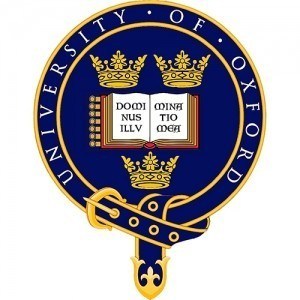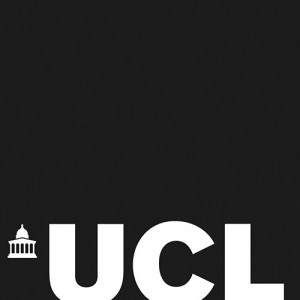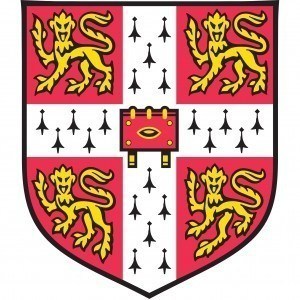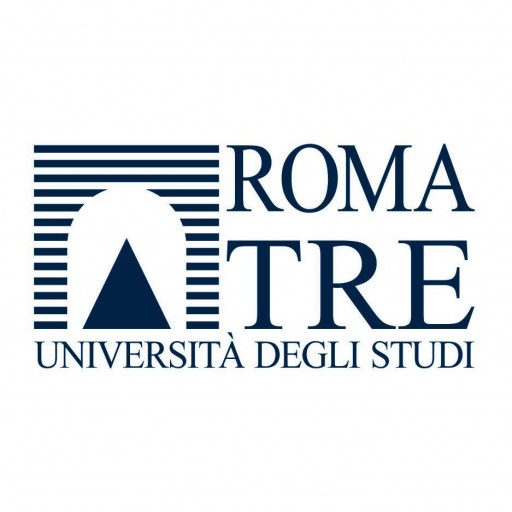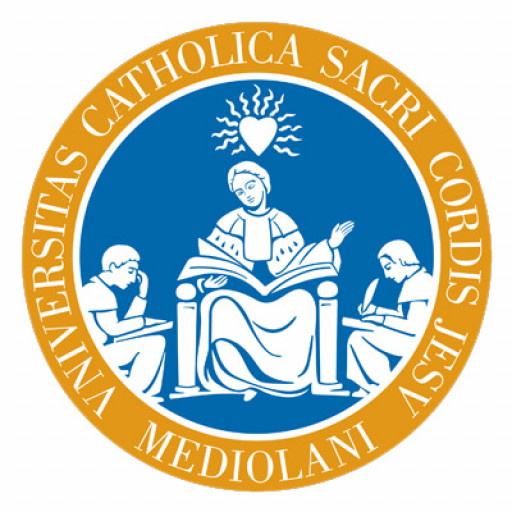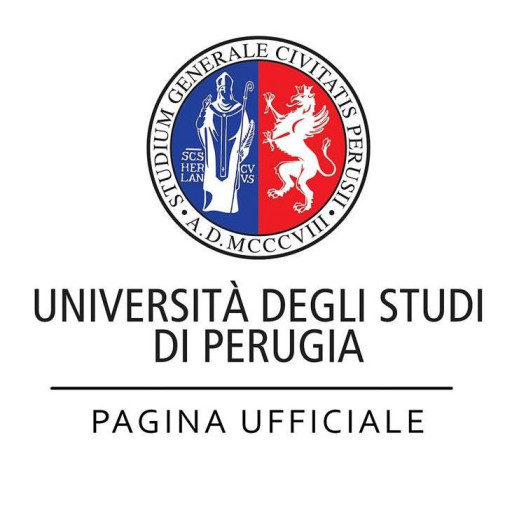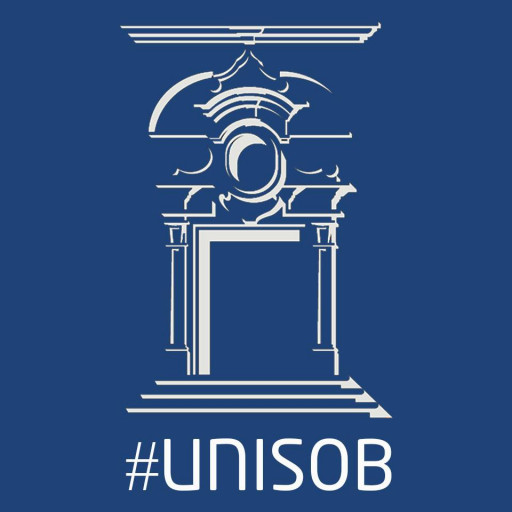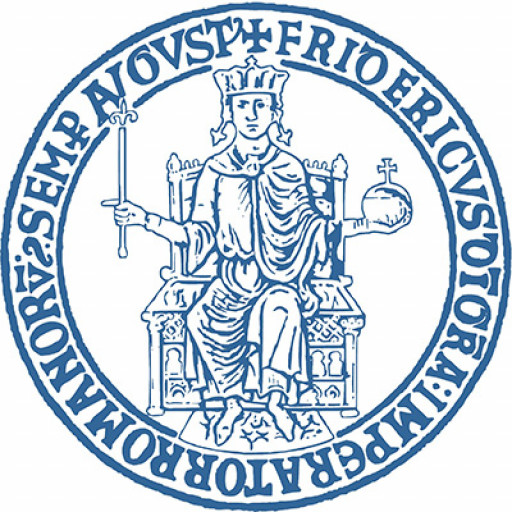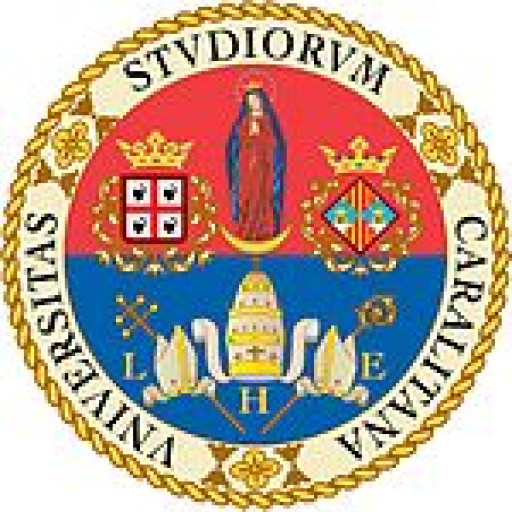Photos of university / #oxford_uni
The University of Oxford offers a distinguished History of Art and Visual Culture program designed to provide students with a comprehensive understanding of the development of visual arts across different periods and regions. This interdisciplinary course explores the diverse ways in which art, architecture, images, and visual phenomena reflect and influence cultural, social, political, and historical contexts. Throughout the programme, students engage with a wide range of visual media, including paintings, sculptures, photographs, printmaking, early art forms, and contemporary visual practices. The curriculum emphasizes critical analysis, encouraging students to develop their interpretative skills and to understand the methodology behind art historical research. Students will examine key movements, influential artists, and significant art objects while gaining insights into the socio-cultural forces that shape artistic production and reception.
The program combines rigorous academic coursework with opportunities for practical engagement, including visits to museums and galleries, seminars with leading scholars, and access to world-class collections and archives. It aims to cultivate a deep appreciation of visual culture's role within broader cultural histories and to foster analytical skills vital for careers in museums, galleries, conservation, academia, and cultural management. The course structure includes a mixture of lectures, seminars, tutorials, and independent research projects, allowing students to tailor their studies according to their specific interests within the field. With an emphasis on interdisciplinary approaches, the program encourages students to integrate insights from history, philosophy, anthropology, and other related disciplines. Graduates of the program leave equipped with a critical understanding of visual culture, the ability to conduct original research, and the communication skills necessary to engage with a broad audience. These qualities prepare students for a variety of professional paths in the arts and cultural sectors, as well as further academic study at advanced levels.
Teaching and examination comprise three elements:
Theories and methods in the history of art
This is taught in classes and lectures, and is assessed through a take-home exam in Trinity Term
Option paper
This is normally taught in small classes (assessed by two extended essays of between 4,000 and 5,000 words each). Please note that not every option will be available each year, and that they are subject to change:
- Authenticity and replication in art and visual culture
- French painting, 1880-1912
- Global perspectives on American art
Not available in 2016/17
- Gothic: Artistic originality and the transmission of style in medieval art (not available in 2016/17)
- Image and thought (not available in 2016/17)
- Media and modernity: Art and mass culture, 1880 - 2000 (not available in 2016/17)
- The apparatus of art history (not available in 2016/17)
- Theories of vision: The eye and the gaze (not available in 2016/17)
- Women, art and culture in early modern Europe (not available in 2016/17)
Dissertation
Up to 15,000 words on a topic of the student's choice. Students will begin to formulate and plan their dissertation in conjunction with their supervisors from the beginning of the course.
Applicants are normally expected to be predicted or have achieved a first-class or strong upper second-class undergraduate degree with honours (or equivalent international qualifications), as a minimum, in a relevant discipline in the humanities or social sciences.
For applicants with a degree from the USA, the minimum GPA sought is 3.75 out of 4.0.
Applicants are normally expected to have a previous degree in history, but for master's applications a number of candidates will be accepted without. You will need to ensure that you link your proposed dissertation topic with your previous expertise when you present it in your research proposal, or that you explain why you want to switch to study history, and to show that you have already done some background research into it. Your submitted written work should show your writing and research skills in their best light, as it will be important to show that you have the necessary skills required for historical research.
Although having a previous degree in history is not compulsory, you need to keep in mind that most of your competitors will have finished a history course with a first-class or distinction grade and they will have had the appropriate training for academic research in a historical context.
If you hold non-UK qualifications and wish to check how your qualifications match these requirements, you can contact the National Recognition Information Centre for the United Kingdom (UK NARIC).
No Graduate Record Examination (GRE) or GMAT scores are sought.
- Official transcript(s)
- CV/résumé
- Statement of purpose/personal statement:500 to 1,000 words, typically two to four pages double-spaced
- Written work:Two essays of 2,000 words each or one essay of 4,000 to 5,000 words
- References/letters of recommendation:Three overall, generally academic
ENGLISH LANGUAGE REQUIREMENTS
Higher level
|
Test |
Standard level scores |
Higher level scores |
||
|
IELTS Academic |
7.0 | Minimum 6.5 per component | 7.5 | Minimum 7.0 per component |
|
TOEFL iBT |
100 |
Minimum component scores:
|
110 |
Minimum component scores:
|
| Cambridge Certificate of Proficiency in English (CPE) | 185 |
Minimum 176 per component |
191 |
Minimum 185 per component |
| Cambridge Certificate of Advanced English (CAE) | 185 |
Minimum 176 per component |
191 |
Minimum 185 per component |
- Global Education
- Hill Foundation Scholarships
- Ertegun Scholarship Programme
The History of Art and Visual Culture program at the University of Oxford offers a comprehensive exploration of the development of visual arts across different periods and cultures. Rooted in rigorous academic research, the course encompasses a wide range of topics including medieval, Renaissance, modern, and contemporary art, as well as non-Western visual traditions. Students are encouraged to analyze artworks within their historical, cultural, and social contexts, fostering critical thinking and interpretative skills. The program integrates theoretical approaches with practical exposure to artworks and visual materials, aiming to develop an informed understanding of the evolution of visual culture over time. Participants have access to world-class resources, including extensive libraries, dedicated art collections, and specialist faculty members renowned in their fields. The curriculum typically includes lectures, seminars, workshops, and opportunities for independent research. Students may also undertake field trips to museums, galleries, and historic sites to enrich their learning experience. The program prepares graduates for diverse careers in academia, curation, art criticism, conservation, and cultural management. It emphasizes interdisciplinary study, integrating insights from history, art history, cultural studies, and visual studies to produce well-rounded scholars. Assessment methods often consist of essays, research projects, presentations, and examinations, with a focus on developing research and communication skills. Overall, Oxford’s History of Art and Visual Culture program aims to cultivate sophisticated understanding of visual phenomena and equip students with analytical capabilities crucial for engagement with the arts and cultural sectors.
